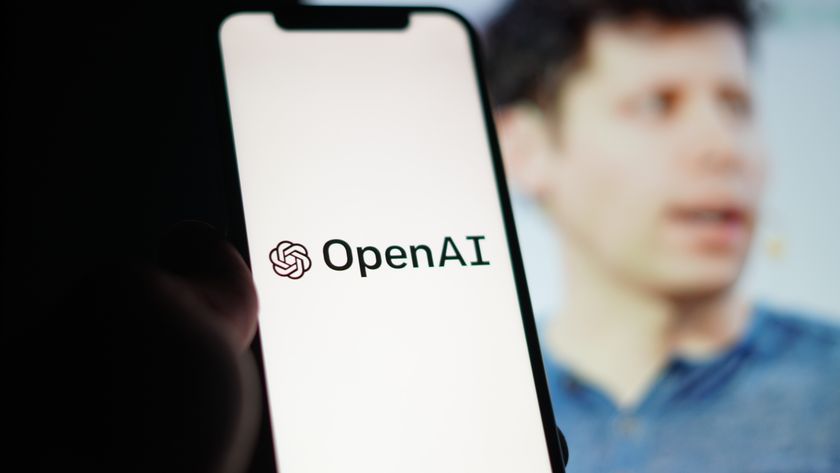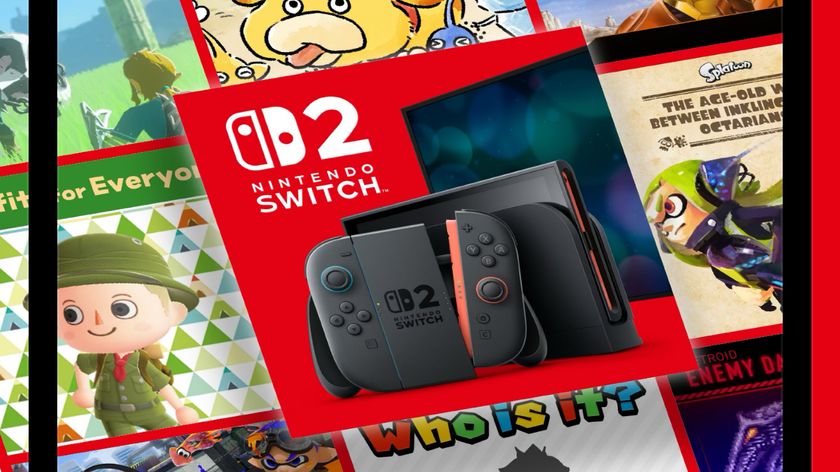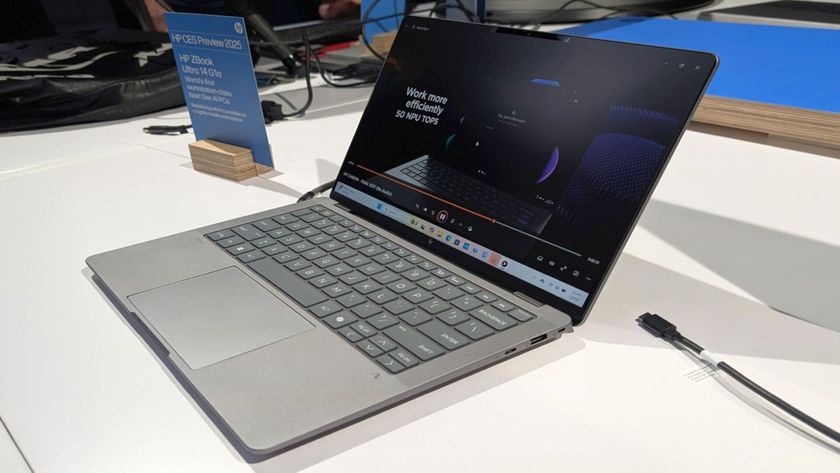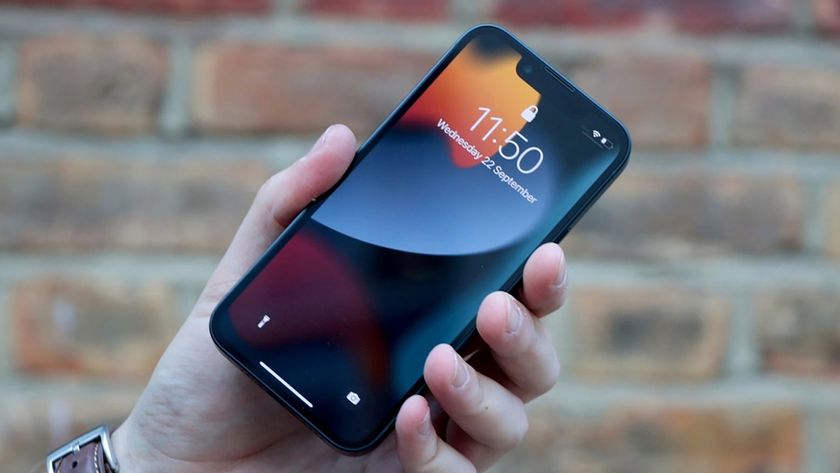The online dominance of English is fading: how will that affect your business?
Why the Next Billion won't understand you
How does this affect UK and US businesses?
The Next Billion do not understand you, so stop swimming against the tide and go native. "If UK and US businesses want to take advantage of growing populations and economies in Asia and Africa, then they need to be engaging those markets in their native tongue through channels and platforms popular in those regions," says Brooks. "It's imperative that customers feel like companies understand them, and by offering content in their own language, then it's likely that customers will be receptive."
This approach requires an organised language strategy. "A global language and marketing agency can guide you through the best practices for launching or growing in a specific market by working on different areas of your business such as language style, tone/terminology, search considerations and channel considerations," says Brooks.
"An organised language strategy is having a deep understanding of your content, your audience and knowing how to reach your audience," he adds. "It's also knowing how they communicate and ensuring that you reach that audience at the right time, in the right place, with the right content, and in the right language." Brooks stresses how highly detailed this approach needs to be: "You need to think about quality, style, tone, market nuance, colloquialisms and platforms."

What about multilingual countries?
Often presumed to be an easy target because of the continuing popularity of English at least as a second language, the huge market of India has proven impossible for even Indian companies to address as a single market.
"Whereas businesses in many developed markets serve a uniformly wealthy middle class of banked, educated consumers that speak a common language, businesses in India need to serve a significantly fragmented market with many sub-layers of socio-economic classes, a mass majority of which lack bank accounts, and who speak hundreds of vernaculars many of which are not recognised by any computer software," says Ray Newal, MD at Calgary, Canada-based startup Play It Interactive, which created an app for India's dominant kind of handset – the cheap feature phone with no video streaming capabilities – that hosts socially engaging line-by-line cricket commentary.
Simply importing innovations from abroad, such as Siri, isn't going to cut it in India as a whole, but mobile users can adapt if they have to. "Thanks to the pervasiveness of the mobile phone, cheap or zero-rated data plans, and social apps like WhatsApp and Facebook, many are becoming proficient in a common language," says Newal. "It's a derivative of English, Hindi, and Emojis."

The visual alternative
Some don't think that translation and cultural awareness are all that important. "Now more than ever it is apparent why visual content – images, emojis and particularly video content – is important for brands," says King. "I don't think it's necessary for brands to start making language strategies or feel that every piece of branded activity needs to be translated." Amusing videos are a good example; the language is international.
Are you a pro? Subscribe to our newsletter
Sign up to the TechRadar Pro newsletter to get all the top news, opinion, features and guidance your business needs to succeed!
Take Sweden, where English is widely spoken and understood by an estimated 89% of its nine million people. "Considering the small size of the country, export has always been a necessity … popular culture in English is consumed from early ages, so the awareness of international viable preference and strong language are good enablers," says Niklas Hedin, CEO of logistics software company Centiro.
Swedes need to speak English to export their ideas, but do any of their success stories – including Candy Crush, Skype, Spotify and Minecraft – rely on language? Little, if at all – these are visual innovations designed to appeal to, and be used by, anyone, anywhere in the world.
"More content is being created in more languages, and the entire world – not just English speakers – need to adapt by creating engaging and interesting content that can be understood even without words," says King.
- 1
- 2
Current page: Multilingual nations and visual alternatives
Prev Page Introduction and dominance of EnglishJamie is a freelance tech, travel and space journalist based in the UK. He’s been writing regularly for Techradar since it was launched in 2008 and also writes regularly for Forbes, The Telegraph, the South China Morning Post, Sky & Telescope and the Sky At Night magazine as well as other Future titles T3, Digital Camera World, All About Space and Space.com. He also edits two of his own websites, TravGear.com and WhenIsTheNextEclipse.com that reflect his obsession with travel gear and solar eclipse travel. He is the author of A Stargazing Program For Beginners (Springer, 2015),

















